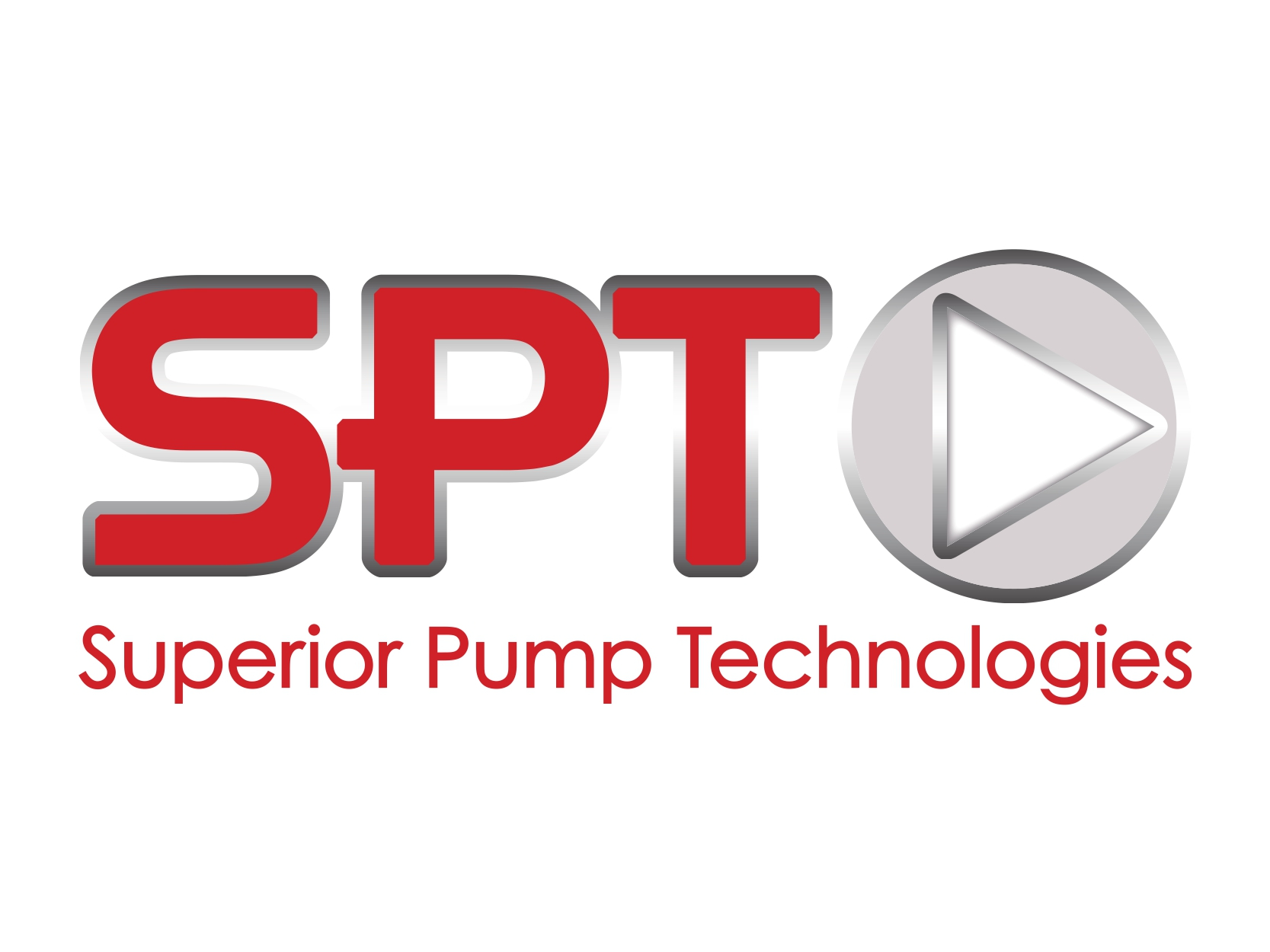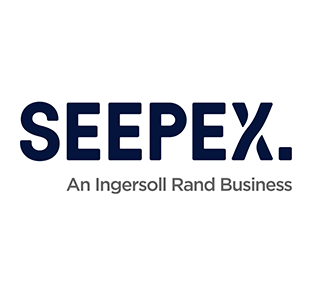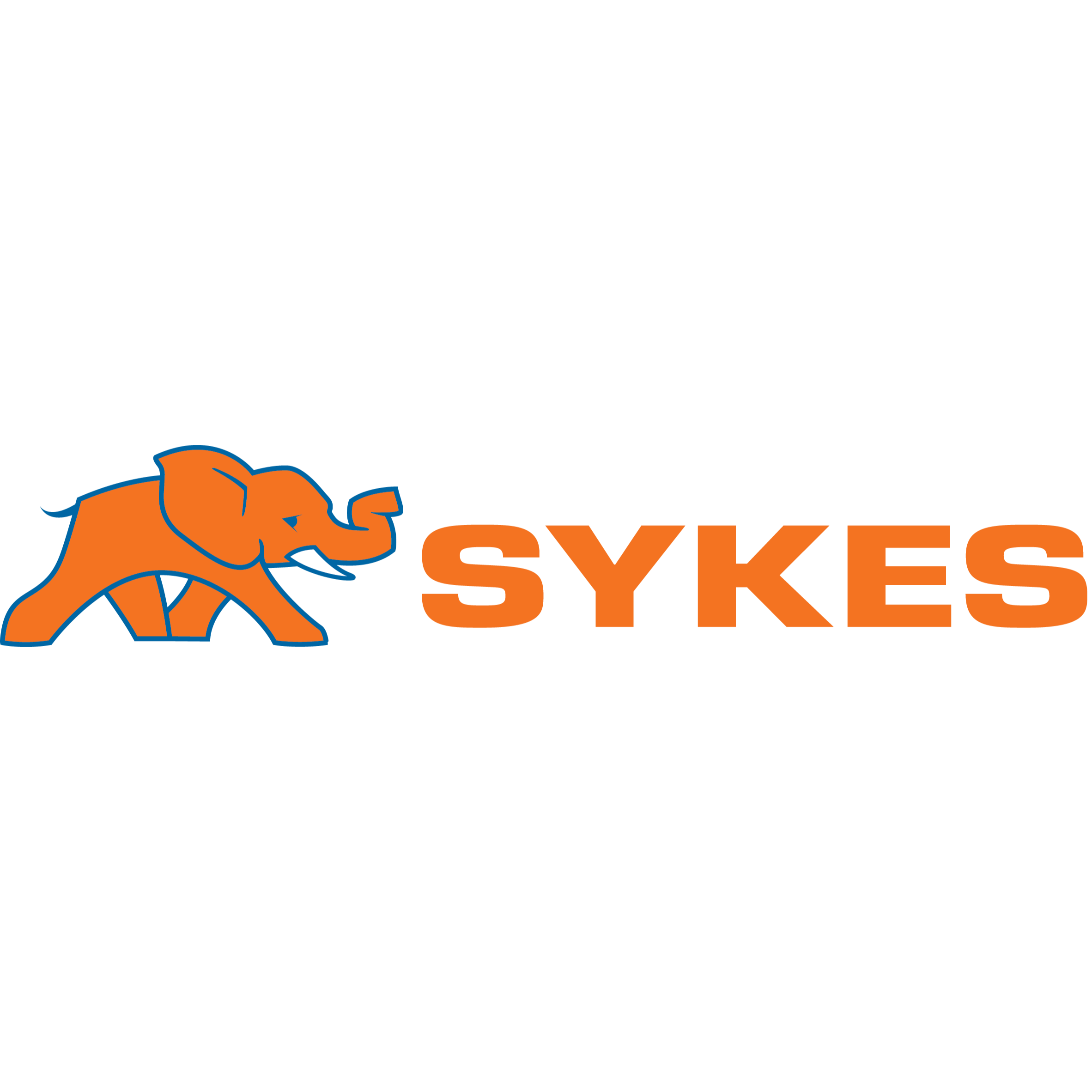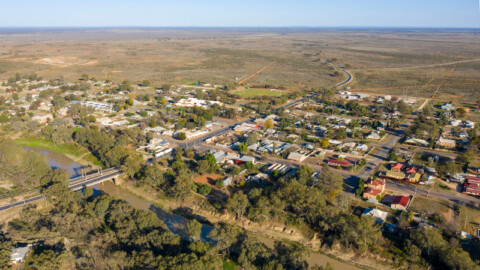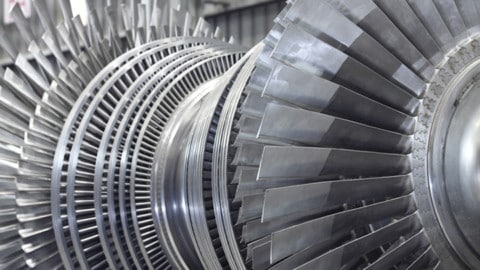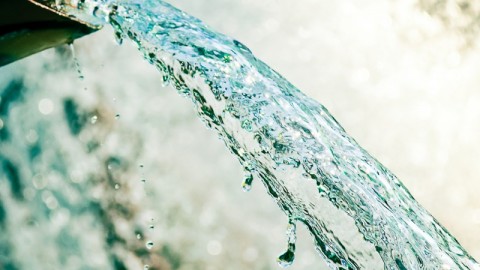Smart maintenance technologies are enabling SA Water to adopt a proactive and predictive approach to asset management.
New technological capabilities are enabling SA Water to save time and money by increasing pump reliability and availability as well as pump performance and lifespan, reducing maintenance times through improved root cause analysis and repetitive preventative maintenance work orders, and optimising maintenance and capital investment.
SA Water’s specialist business unit Water Engineering Technologies is leading the way in the development and provision of smart maintenance capabilities to organisations that own and operate rotating assets. Organisations that rely on rotating assets to deliver safe, reliable, sustainable, and cost-effective water and wastewater services to their customers must invest in maintenance.
To achieve the lowest lifecycle costs for assets and to minimise forced outages and breakdowns, maintenance is a key component of risk management, asset management and business strategy. This involves identifying assets that present a high risk to the delivery of services, and the use of risk management strategies to reduce disruptive or negative outcomes. Asset risk calculations are based on two components: likelihood and consequence of failure.
While the results of asset failure can be relatively constant over time, the probability of failure is not – as assets age and deteriorate, the likelihood of failure can increase. There is a strong relationship between the condition of an asset, its likelihood of failure, its risk rating, and the reliability of the provided service.
Once the level of risk associated with the asset is known, it can either be accepted, or reduced through an operational and/or capital intervention. The critical question for asset owners or managers is ‘what is the best way to assess the risk that an asset will fail and determine the most appropriate intervention solution – to repair, rehabilitate, or replace?’
Taking the guesswork out of asset management
Asset management covers a broad spectrum of practice across the water and wastewater services industry, ranging from the basic reactive ‘run to failure’ approach, through to preventative maintenance regimes and the use of innovative predictive maintenance methods and strategies.
Water Engineering Technologies Senior Manager Maintenance, Nima Gorjian, says you can’t rely on intuition and guesswork based on visual inspections and fixed time-based maintenance to keep assets safe, reliable and profitable or provide the best use of asset management budgets.
“Simply refurbishing or replacing components at fixed time intervals, based on the rationale that this will reduce incidence of breakdowns can be flawed,” Nima says. “In most cases, scheduled preventative maintenance is based on original equipment manufacturers’ recommendations, best guesses or a mixture of both, with limited evidence of root causes of actual or potential failures identified.
“Not surprisingly, these maintenance approaches lead to repeated failures, spiralling costs and short-term planning. And, with a lack of good evidence that these approaches achieve positive business returns in plant or financial performance, pressure to reduce maintenance budgets increases.”
Reliability and condition-based maintenance (CBM) programs
Nima says that in contrast to past practices, maintenance management today is a technologically advanced practice, drawing on an array of sophisticated techniques and technologies to determine an asset’s condition.
“For these reasons, we can now better understand how and why rotating assets wear out, how they behave, why they fail, and the ways in which they respond to various operating conditions and environments,” he says.
“Our planned programs at SA Water adopt a reliabilitycentred maintenance approach across the life of the pump asset. This sees asset life realised, lifecycle costings optimised, and level of service maintained.”
To achieve this, Nima says the asset’s physical condition is used to predict the end-of-life replacement, or total failure of the asset, rather than the day-to-day failures that will be rectified through regular corrective or breakdown maintenance.
“Reliability and CBM keeps a watch on asset condition parameters, such as vibration, temperature and pressure, so that early signs of asset deterioration, diagnosis of asset degradation or significant changes in asset health can be readily identified.”
In general, vibration analysis techniques are applied in the condition monitoring of rotating equipment such as pumps and motors.
“Our advanced condition-based maintenance processes and technologies enable early signs of asset degradation to be identified to inform accurate risk assessments, providing critical information to identify the appropriate timing for interventions to bring assets back to an appropriate standard.”

Advanced sensing technology
The use of advanced asset monitoring capabilities – portable vibration, temperature and pressure sensing analysers – negates the limited value of visual/audible inspections of assets.
“Our reliability and conditioning monitoring team use portable analysers to ‘listen’ and analyse an asset’s condition – much like a doctor uses a stethoscope, blood test or thermometer to check a person’s inner workings,” Nima says.
“With portable analysers, we monitor the condition of rotating assets by capturing data that is processed and analysed using an advanced machine health monitoring program to determine the condition of the asset to diagnose and fix faults.”

Maintenance and Data Analytic Engineers describing a pump fault identified by the AI solution.
Predictive smart maintenance
Water Engineering Technologies’ use of portable and online sensors to collect new data is combined with existing data, such as event history, and reliability engineering techniques, data analytics and Artificial Intelligence (AI) algorithms to predict asset faults the repair or replacement needs of key assets and avoid maintaining unnecessary redundancy.
By installing smart technologies on critical rotating assets and analysing real time sensor data, owners and operators of pump stations can avoid ‘catastrophic’ failures. By being proactive and predictive with asset maintenance and replacement you can reduce repetitive preventative maintenance work and optimise maintenance investments.
Case Study in a High Voltage Water Pump Station
Late last year, Water Engineering Technologies installed online vibration and temperature sensors at one of SA Water’s Swan Reach water pump stations, as part of a smart maintenance program proof of concept. The aim was to test how well real time data flowed from smart sensors to SA Water’s state-wide, industry-leading monitoring system and machine health software and AI platform to proactively predict potential faults and avoid failures.

Online sensors attached to high voltage pump station
Overseen by Water Engineering Technologies’ reliability and condition monitoring team, best practice artificial intelligence modelling was developed using real time and historical data to build intelligence and diagnose rotating asset fault patterns.
In April 2020, the AI solution alerted the team to a potential issue at the pump station. Data Analytic Engineer Kaushik Sesha Dollaiah notified subject matter expert and Lead Condition Monitoring Engineer, Stephen Moore who investigated and confirmed there was a problem with the pump and worked to rectify the issue.
“Previously, we would routinely check the pump every three months using a portable analyser. Without the use of smart technology, the issue would have gone undetected until this time.” Stephen says.
Manager Reliability Integrity and Condition Monitoring, Harvey Pantow, added, “By predicting the fault early, we avoided any potential catastrophic failures and further degradation of the asset, as well as impacts to water services for the outer-metropolitan Adelaide area from an unplanned shutdown which typically would incur more costs.”
Water Engineering Technologies’ performance and condition-based maintenance program enables SA Water to maximise asset lifecycle and reduce operational costs, through the application of data-driven innovative reliability techniques.
In the near future, Water Engineering Technologies will look to roll out smart online sensors across SA Water’s regional critical pump sets providing predictive maintenance analysis and continued monitoring. Moving to this approach provides the continued reliable operation of this critical infrastructure, reducing the need for unplanned maintenance and enabling improved safe work practices.
Combined with the optimisation of work management planning and effective work delivery, this will see Water Engineering Technologies work smarter, improve the quality of their maintenance services and free up their people to work on capital projects, achieving continued reliable water and wastewater services for South Australians.



